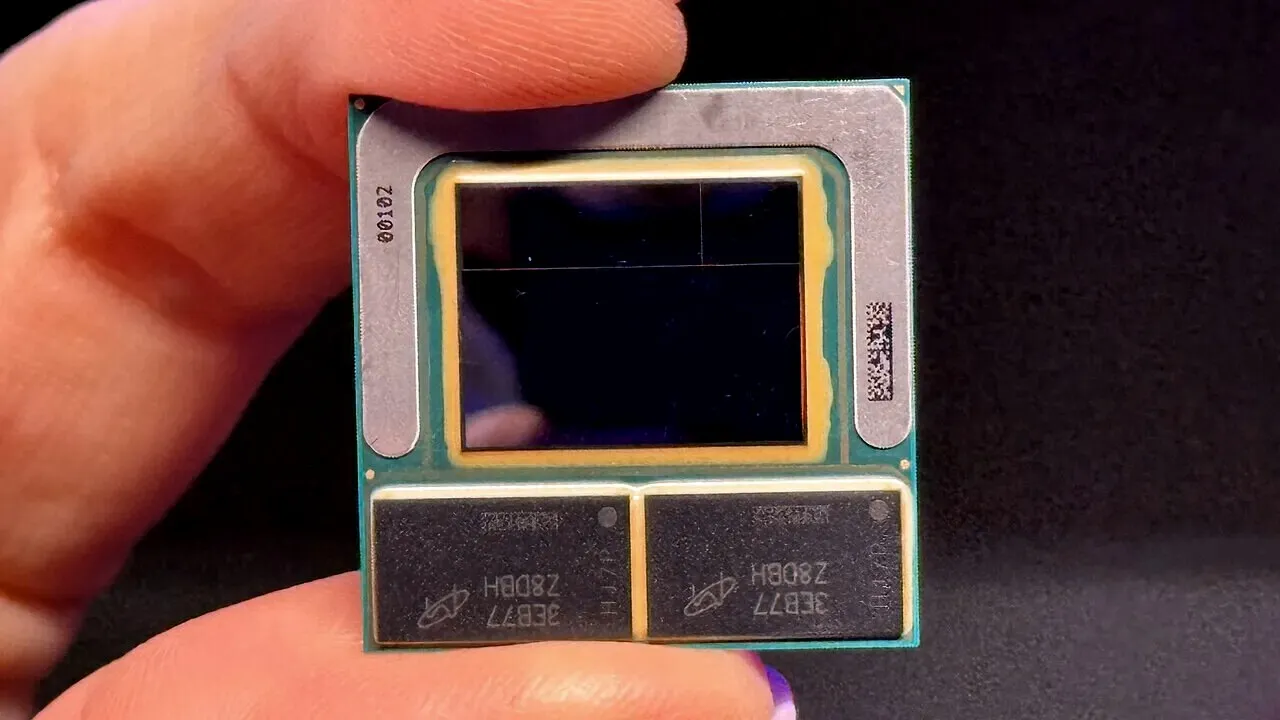Intel's Lunar lake design for mobile processors is made for very thin and light devices. Intel might also increase the standard power level for these chips from 15 watts to 17 watts and let them adjust up to 30 watts if needed. Tests have shown that these "Lunar Lake" chips are nearly 50% better at doing many things at once than the "Meteor Lake" chips, even though they have fewer threads. This shows that the new parts of the chip, called "Lion Cove" and "Skymont," are a big step forward. The "Lion Cove" part will also be used in another series of Intel chips called "Arrow Lake" for desktops and laptops.
The key features of the "Lunar Lake" chips include their use in thin laptops, the new "Lion Cove" and "Skymont" parts, a new graphics architecture called "Battlemage," and support for fast memory. They can have up to 8 parts and 64 graphics units. They also have a neural processing unit that's three times faster than the one in "Meteor Lake" chips. These new chips are expected to come out in late 2024 and be widely available in 2025.
Companies that make devices might already be looking at early versions of these "Lunar Lake" chips to plan their future products. The nearly 50% better performance is based on specific tests. Intel hopes these new chips will be used in laptops to compete with popular models like the Apple MacBook Air. The design of these chips, which puts the processor and memory together, aims to save space on the device's main board.
| CPU FAMILY | LUNAR LAKE | ARROW LAKE | METEOR LAKE | RAPTOR LAKE | ALDER LAKE |
|---|---|---|---|---|---|
| Process Node (CPU Tile) | Intel 20A? | Intel 20A '5nm EUV" | Intel 4 '7nm EUV' | Intel 7 '10nm ESF' | Intel 7 '10nm ESF' |
| Process Node (GPU Tile) | TSMC 3nm? | TSMC 3nm | TSMC 5nm | Intel 7 '10nm ESF' | Intel 7 '10nm ESF' |
| CPU Architecture | Hybrid | Hybrid (Four-Core) | Hybrid (Triple-Core) | Hybrid (Dual-Core) | Hybrid (Dual-Core) |
| P-Core Architecture | Lion Cove | Lion Cove | Redwood Cove | Raptor Cove | Golden Cove |
| E-Core Architecture | Skymont | Skymont | Crestmont | Gracemont | Gracemont |
| LP E-Core Architecture (SOC) | Skymont | Crestmont | Crestmont | N/A | N/A |
| Top Configuration | 4+4 (MX Series) | TBD | 6+8 (H-Series) | 6+8 (H-Series) 8+16 (HX-Series) | 6+8 (H-Series) 8+8 (HX-Series) |
| Max Cores / Threads | 8/8? | TBD | 14/20 | 14/20 | 14/20 |
| Planned Lineup | MX-Series | H/P/U Series | H/P/U Series | H/P/U Series | H/P/U Series |
| GPU Architecture | Xe2-LPG (Battlemage) | Xe-LPG (Alchemist) | Xe-LPG (Alchemist) | Iris Xe (Gen 12) | Iris Xe (Gen 12) |
| GPU Execution Units | 64 EUs | 192 EUs | 128 EUs (1024 Cores) | 96 EUs (768 Cores) | 96 EUs (768 Cores) |
| Memory Support | LPDDR5X-8533 | TBD | DDR5-5600 LPDDR5-7400 LPDDR5X - 7400+ | DDR5-5200 LPDDR5-5200 LPDDR5-6400 | DDR5-4800 LPDDR5-5200 LPDDR5X-4267 |
| Memory Capacity (Max) | 64 GB | TBD | 96 GB | 64 GB | 64 GB |
| Thunderbolt 4 Ports | TBD | TBD | 4 | 4 | 4 |
| WiFi Capability | WiFi 7 | TBD | WiFi 6E | WiFi 6E | WiFi 6E |
| TDP | 7-30W | TBD | 7W-45W | 15-55W | 15-55W |
| Launch | 2H 2024 | 2H 2024 | 2H 2023 | 1H 2023 | 1H 2022 |
Sources: Bionic Squash (Twitter), Wccftech (table courtesy wccftech)


